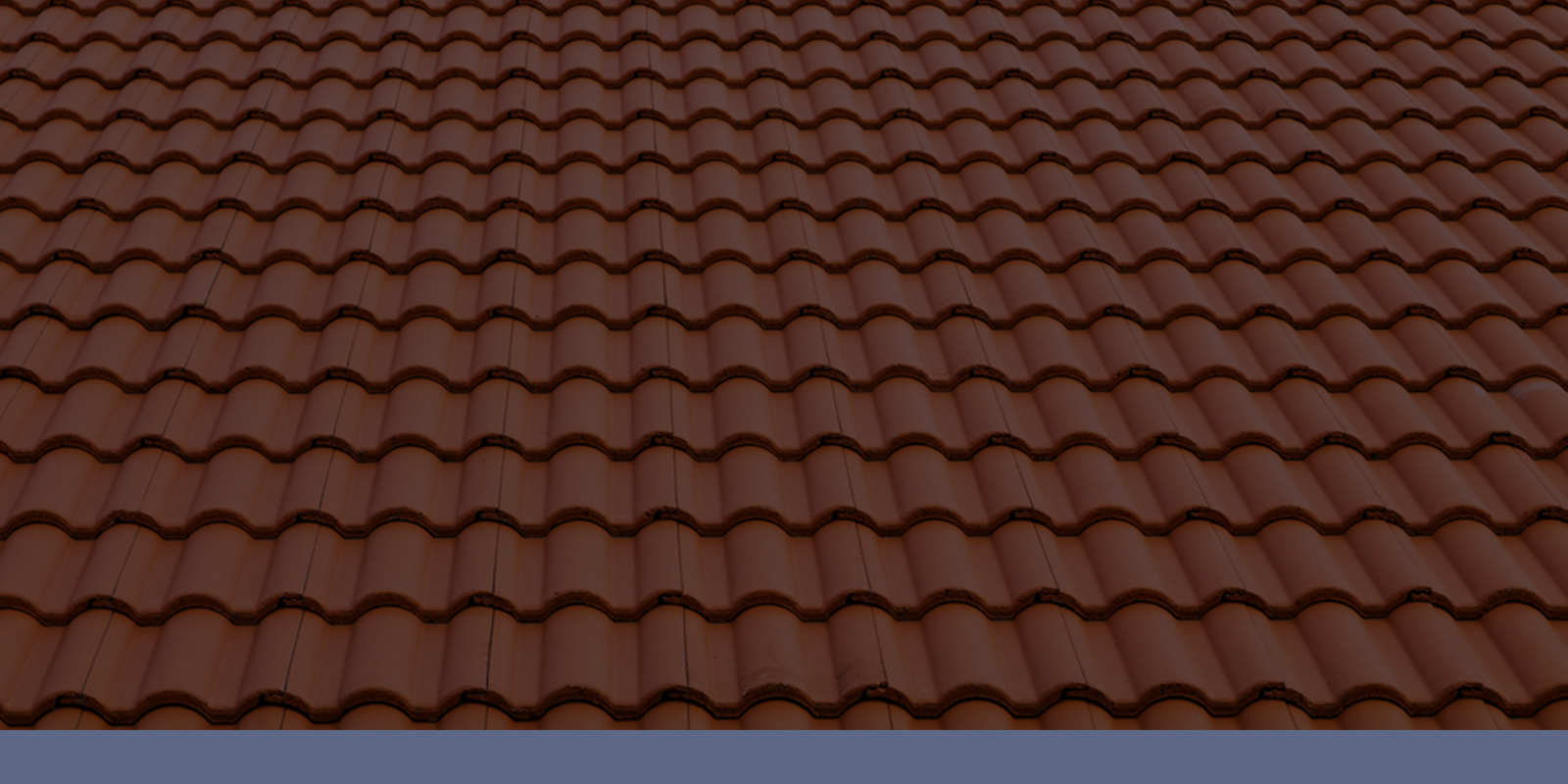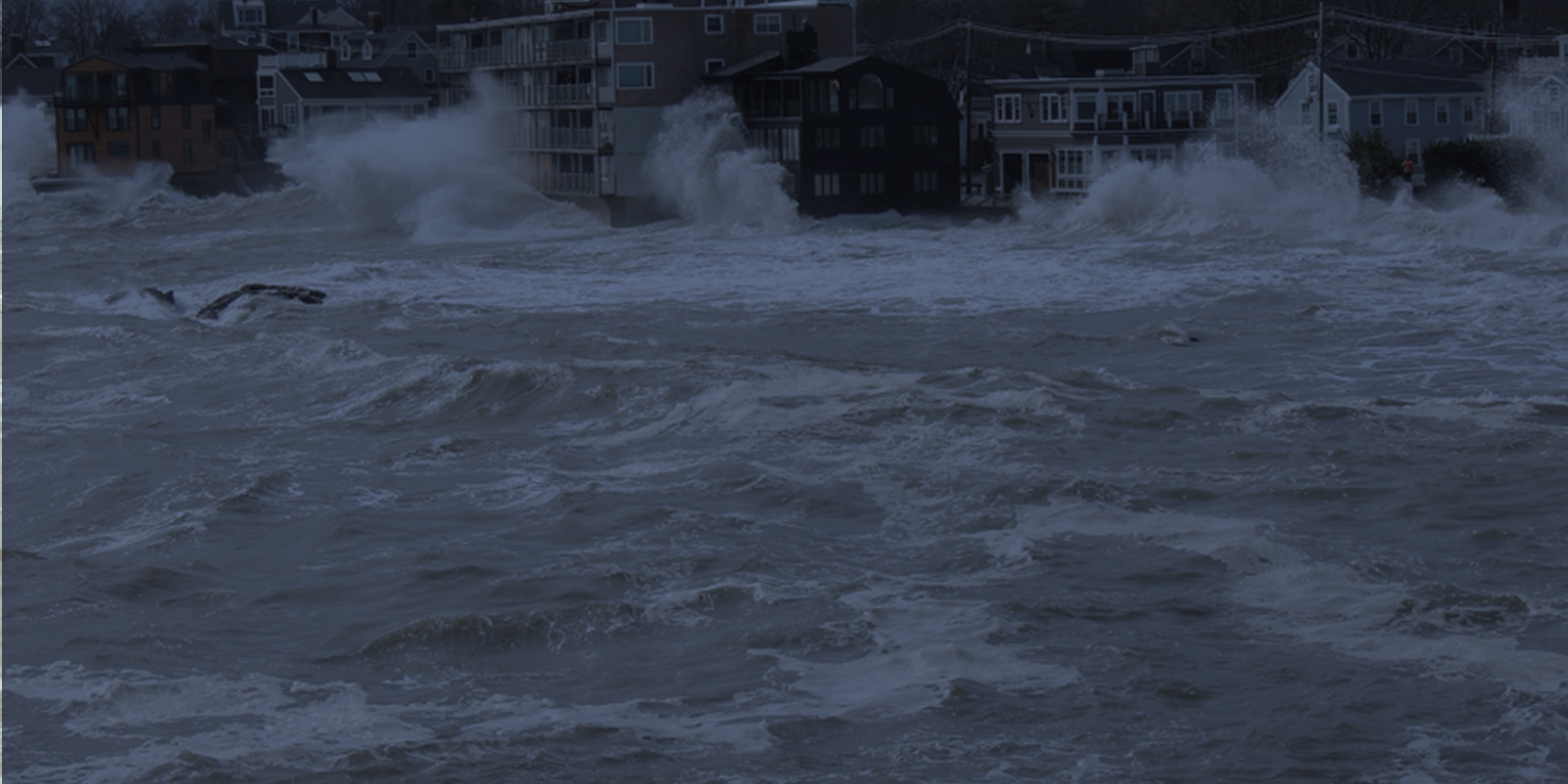Assessments for wind damage to a building often include evaluation of the roofing. Tile roofing is a common roof type and is especially a favorite in Florida due to its visual appeal, durability, and wind resistance. Of course, with over one thousand miles of coastline, and the majority of the state consisting of a peninsula separating the Atlantic Ocean and the Gulf of Mexico, it is not uncommon for tile roofs in Florida to experience hurricane force winds.
Assessment of the pattern of tile distress is important to understand the causes of the distress. In many cases, tile distress from wind forces originates as displacement of hip and ridge tiles, often referred to as trim tiles (Figure 1). Trim tiles are located in zones of the roof where higher wind pressures are anticipated. When trim tiles are displaced, they can impact other areas of the roof, causing additional damage (Figure 2). Additionally, the evaluator should consider the potential causes of tile damage, including common damages related to “foot traffic” loading and thermal and moisture-induced movement (Figure 3).
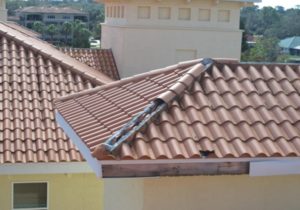
Figure 1. Displaced trim tiles with tile distress downslope
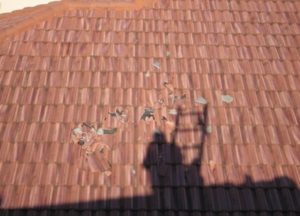
Figure 2. Tiles fractured from the impact of displaced tiles from above
The method of tile fastening can play an important role in wind resistance and behavior of the tile roof covering in high winds. In some cases, it may be helpful to assess the fasteners for evidence of withdrawal failures from wind uplift.
The consideration of repairs may be an important part of a tile roofing assessment. In many cases, “salvaged” tiles may be a useful repair resource to replace damaged tiles and provide interlock compatibility with the existing tiles.
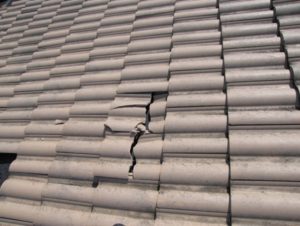
Figure 3. Tile fractures caused by foot traffic
Nelson’s team of professionals has accrued decades of experience evaluating structures that have been subjected to elevated wind forces, and our team has evaluated thousands of tile roofs for wind damage. For additional information on the topic of the assessment of wind damage at tile roofing, please look for the technical paper authored by Nelson professionals Todd Jorgenson, P.E. and Bart Barrett, P.E., to be presented at the 2022 ASCE Congress on Forensic Engineering in Denver. It is expected that the paper will be published with the conference proceedings.
